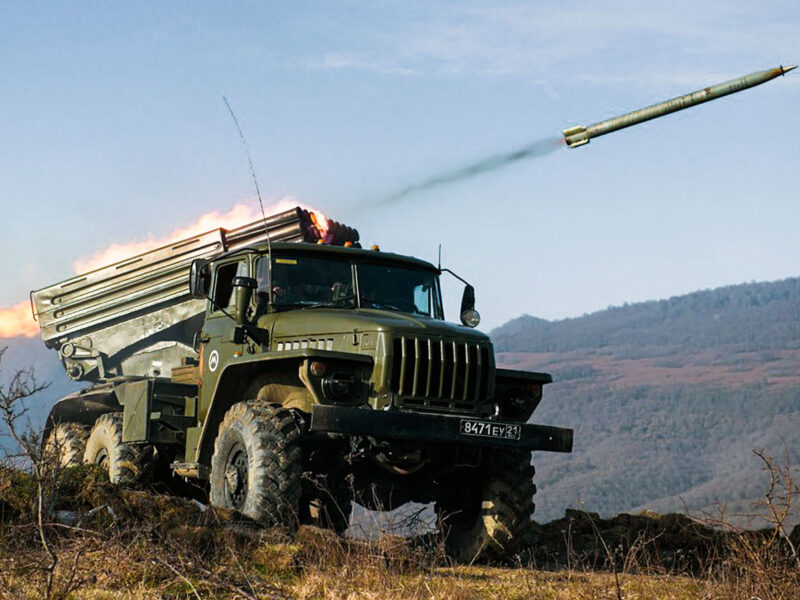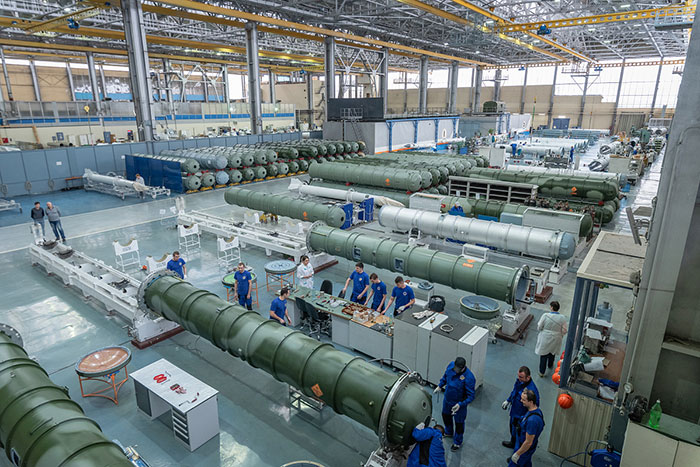Since the beginning of the Russian aggression against Ukraine, many sources have echoed the serious difficulties encountered by the Russian defense industry. Whether or not they are disputed, it is clear that the deployments of Russian military equipment in Ukraine tend to fall in technological range, and not the reverse. Thus, if during the first weeks of the conflict, the Russian losses documented in terms of battle tanks mainly concerned recent models such as the T-72B3obr1989 or obr2016, and the T80BV and BVM, the observations of destruction of T-72A have increased from April, as modern tank losses declined. Since June, we have even seen the appearance of T62M, first on social networks then in destroyed or damaged inventories, while these tanks were supposed to have been withdrawn from service more than ten years ago. The situation is the same in many areas, with the return of old artillery systems like the Tulpan, or dated air-to-ground munitions, like the KH-22. Finally, the interceptions of communication between Russian soldiers, which are worth what they are worth, also seem to indicate that they are now struggling to receive a penalty endowment of ammunition, or quite simply to properly equip new recruits.
Dance what contexts, information revealed by the New York Times, according to which Moscow would have negotiated with Pyongyang the acquisition of a large stock of 152mm artillery ammunition and 122mm rockets, extremely rustic and unguided systems, tends to reinforce the conviction that the defense industry would today encounter significant difficulties in meeting the needs of the forces engaged in Ukraine. However, if the observation suffers little dispute, even if it does not constitute in any way a tendency transposable in a certain way in advantage or weakness on the ground, the reasons put forward to explain this situation, are for their part very numerous, sometimes antagonistic between them, and most often suffer from a more global vision.

First, it is useful to observe how efficient and productive this industry was in the months and years preceding the conflict. Thus, the defense industry was the country's leading secondary industrial activity in 2021, employing between 2,5 and 3 million employees, i.e. 20% of the country's manufacturing activity. This one realized an annual turnover of more than 15 Md$, half being dedicated to the export. However, if this industry represented, in terms of human volume, more than 10 times the size of the Industrial and Technological base of French Defense, it produced only 10 to 15% of additional turnover than France, and approximately 2,5 .XNUMX times more equipment than the major French defense companies each year. In other words, this industry was already, prior to the conflict, particularly inefficient, and if the Russian equipment was efficient, including in terms of prices on the international scene, it was above all because of the very low cost of labor in the country, especially for this activity.

75% of this article remains to read,
Subscribe to access it!
The Classic subscriptions provide access to
articles in their full version, and without advertising,
from 6,90 €.
Newsletter subscription
Register for the Meta-Defense Newsletter to receive the
latest fashion articles daily or weekly



[…] […]
[…] the Russian defense industry was facing the consequences of Western sanctions, with a very significant slowdown in production rates, particularly in terms of armored vehicles. So, the famous Uralvagonzavod plant in Nizhny Tagil, which produced the T-73B3M, T80BVM tanks […]